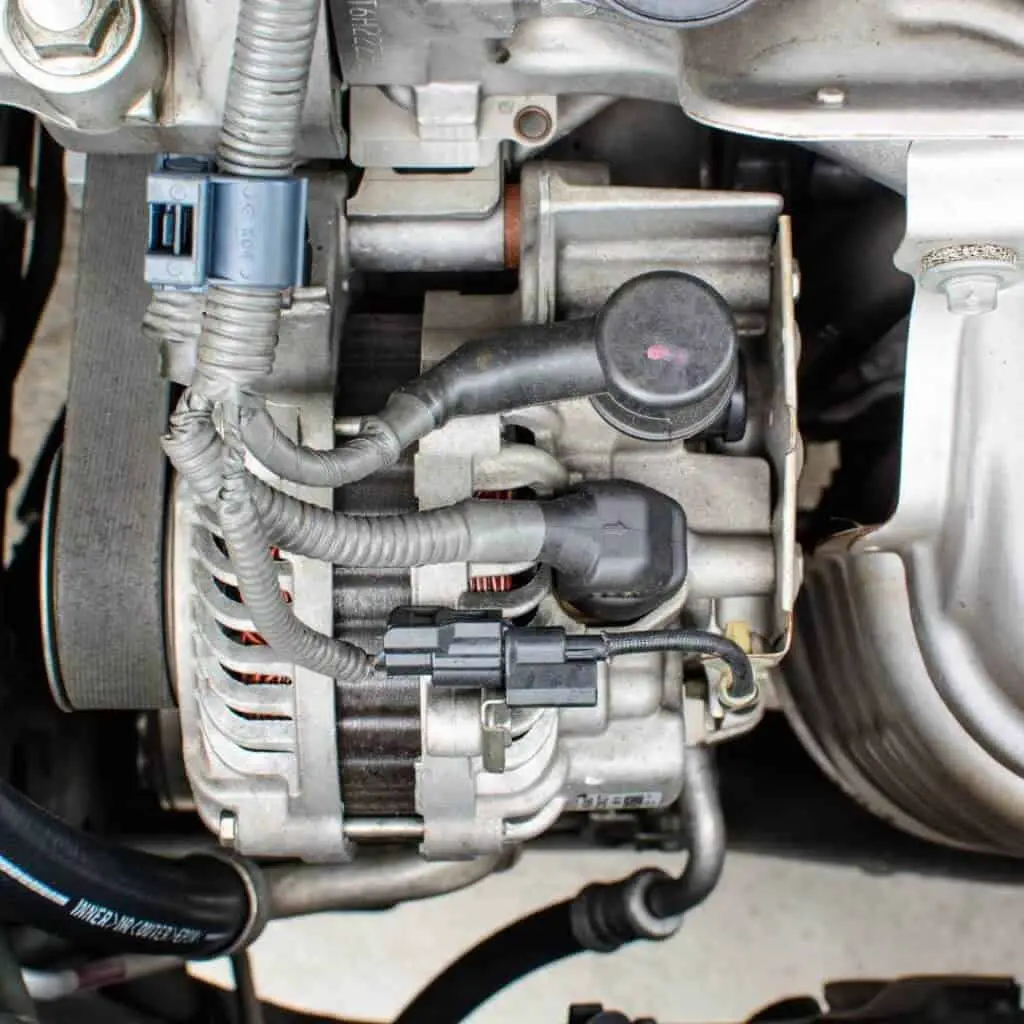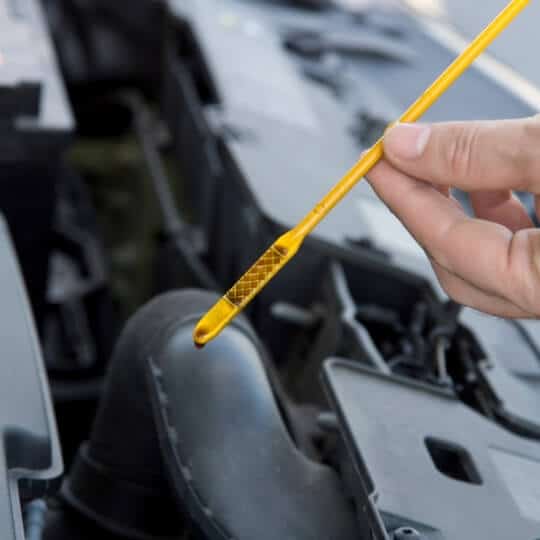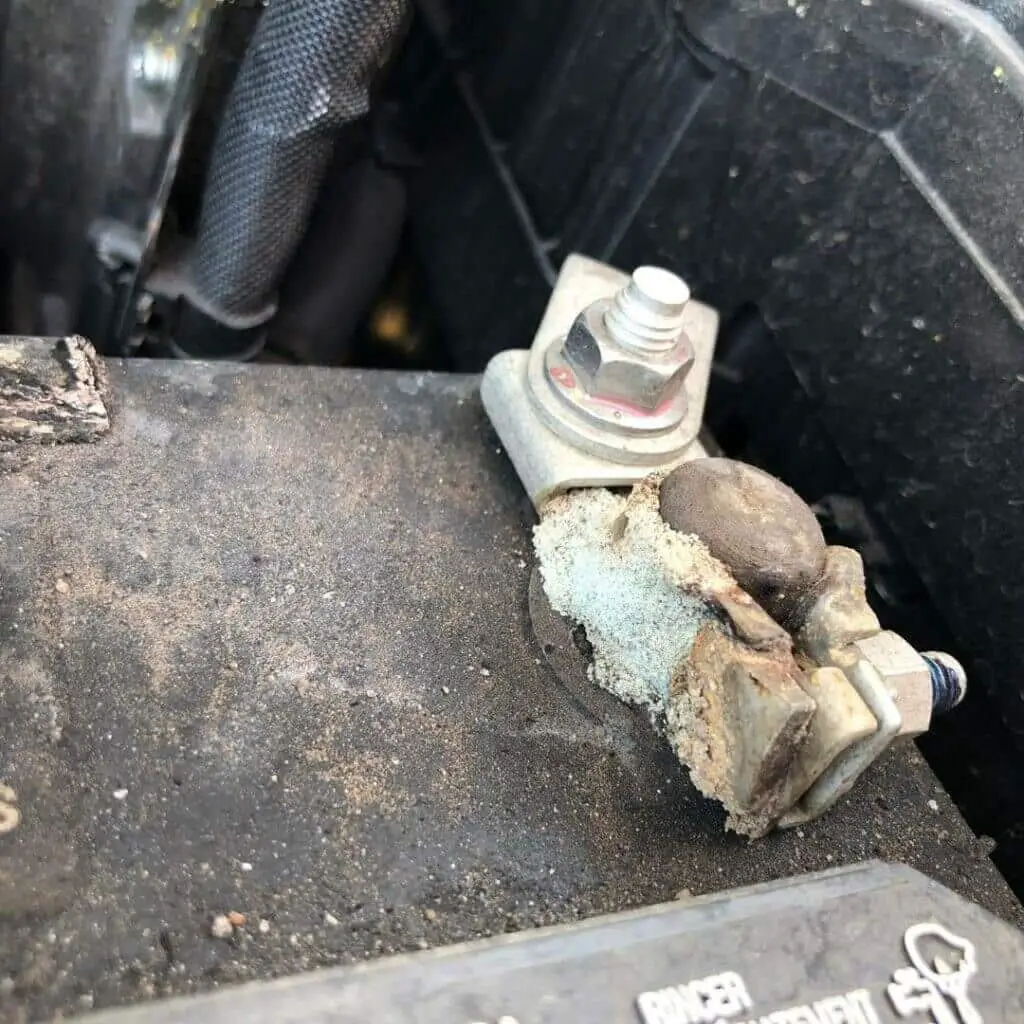The catalytic converter is an amazing technology that dramatically lowers the number of toxic emissions released into the atmosphere. You should consider removing the catalytic converter from a car unfit for sale and selling it as a used part or for scrap if you are forced to sell it in pieces. Catalytic converter scrap price is different for each car model.
The price of scrap catalytic converters varies greatly, from about $25 for an aftermarket cat to $1100 for huge and uncommon types.
For instance, a 1997 Ford 9C24 PIG converter can cost up to $1072, while a typical GM converter costs $200. [1]
This article will discuss why scrap cat converters are so expensive and what price range you may anticipate depending on the make and model of your automobile. Several aspects go into the value of a scrap cat converter.
Everything You Need to Know about Catalytic Converters
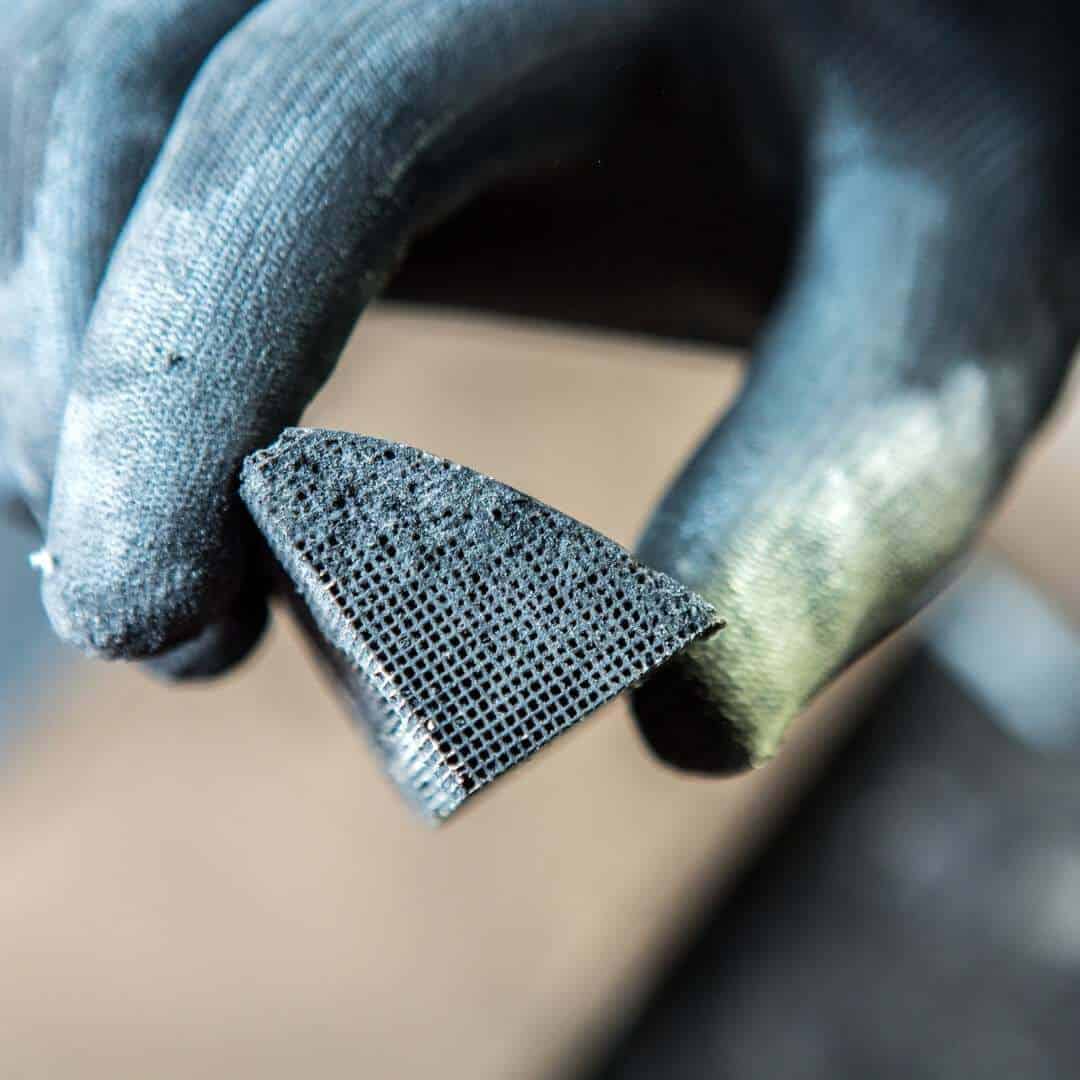
Before the development of catalytic converters, the whole exhaust produced as a consequence of internal combustion was released into the atmosphere.
To make problems worse, most cars then employed carburetor injection, a flawed system. Furthermore, even though unleaded gas has been widely accessible since 1975, leaded gasoline was nevertheless in use until 1996 due to inadequate government regulation [2].
When these elements are present, hazardous levels of urban congestion and significant environmental risk are created.
Although switching to direct-injection systems allowed for more precise fuel delivery, higher performance, and reduced emissions production, those factors alone were insufficient to meet the environmental regulations.
Origin of Catalytic Converters
An exhaust filter was required to lower the emissions leaving the vehicle’s exhaust system.
By utilizing platinum, iridium, and palladium in tubular cylinder housing to filter the exhaust, the prototypes, which were created concurrently with the creation of the first automobiles, laid the groundwork for how a catalytic converter should operate today.
Eugene Houdry, a French mechanical engineer, made substantial advancements in the discipline in the 1950s. He was an authority on catalytic oil refinement and was aware of the harm that unfiltered exhausts may do to the environment [3].
He established the Oxy-Catalyst business and created the terms “catalytic converter” and “cat converter.” His early creations were mounted on manufacturing smokestacks, then on industrial forklifts, and finally, in the middle of the 1950s, on automobiles.
The catalytic converter was improved upon by additional engineers, including John J. Mooney, Carl D. Keith, and Antonio Eleazar, so that it could be mass-produced and meet the requirements of the new Environmental Protection Agency standard [4].
The legislation required a two-way catalytic converter for all automobiles made after 1975 to pass the emissions test.
These two-way catalytic converters were designed to filter unburned hydrocarbons and carbon monoxide from exhaust emissions. Later, three-way converters that also eliminated nitrous oxide emissions would be delivered to us.
How Do Catalytic Converters Work?
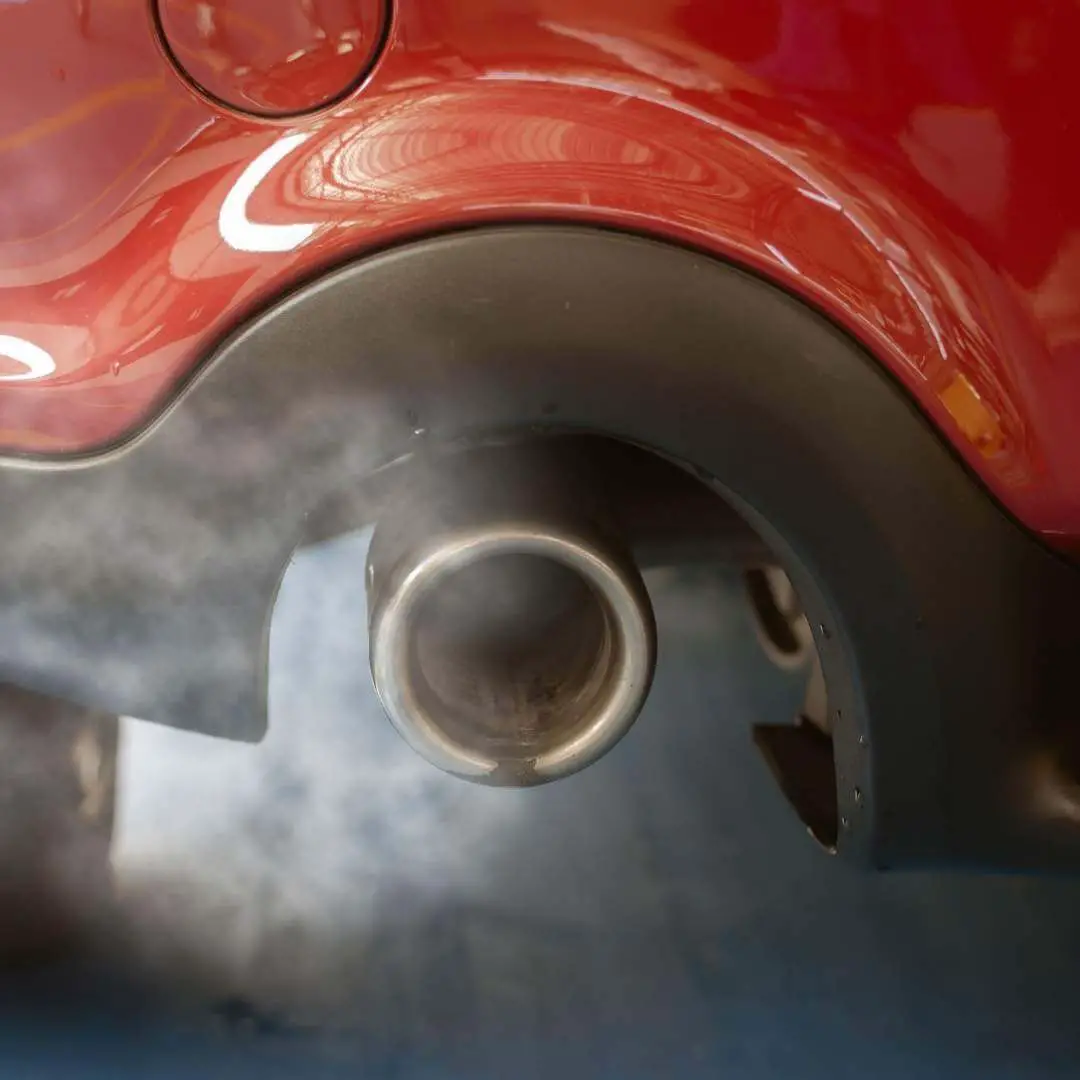
Since there are no moving elements inside the housing, the catalytic converter’s working concept is very straightforward. As a result, heat and exhaust gases are the only things required for chemical change.
Two honeycomb meshes, one covered in platinum and rhodium and the other in platinum and palladium, are found inside the catalytic converter.
The exhaust emissions’ chemical make-up consists of various carbon-hydrogens, nitrogen oxides, and carbon oxides (CO2 and CO) (CxHx) [5].
The heat and the initial honeycomb mesh in the catalytic converter will cause the chemical bonds to break when these components enter it, resulting in the creation of N2, O2, CO, Co2, H2O, and CxHx. A reduction is the name given to this process.
The oxidation process, which produces molecules like N2, O2, CO2, and H2O that are much less dangerous than they were in their initial states, is carried out by the second honeycomb mesh. A 3-way catalytic converter is crucial for reducing emissions because it has an efficiency rate above 90%.
Why are catalytic converters worth so much money?
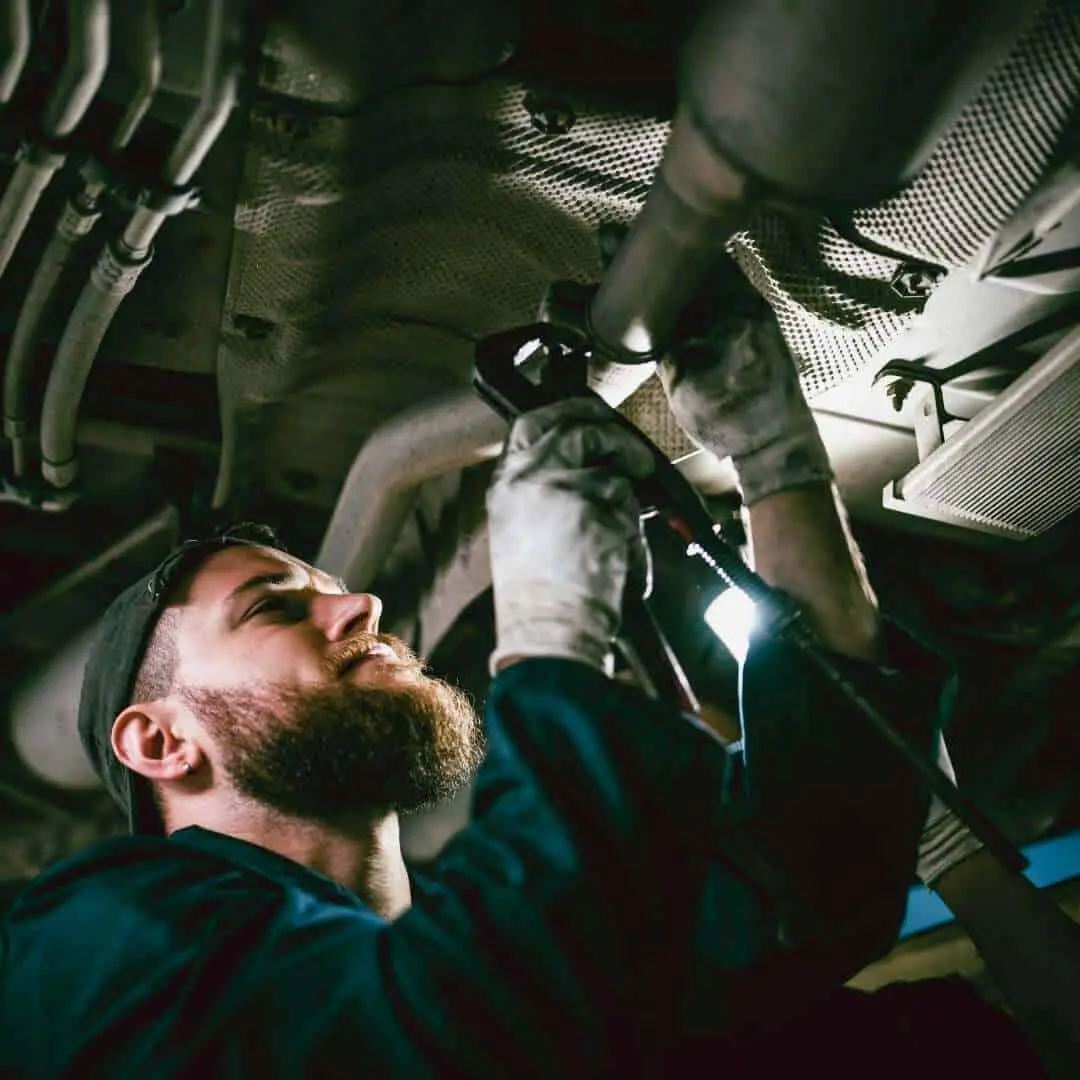
A catalytic converter’s production process isn’t very difficult. Therefore that doesn’t explain why it costs so much.
The rhodium, platinum, and palladium used to make it give it value [6].
- Rhodium costs $495 per gram or $15,400 per ounce.
- Palladium costs $2,049 per ounce or $65 per gram.
- Platinum costs $977 per ounce or $31 per gram.
3-7 to seven grams of platinum, 2 to 7 grams of palladium, and 1 to 2 grams of rhodium are often found in catalytic converters. Simply calculated, that amounts to at least $700 in precious metals, but there is a catch.
These metals were thinly deposited over the honeycomb mesh; the catalytic converter must undergo several smelts to extract them. The OEM models of a cat converter are still very valuable.
How much rhodium is in a catalytic converter?
The transition metal rhodium is very expensive, strong, and uncommon. It is typically used in jewelry and other high-end products and has a silvery-white appearance. Additionally, rhodium is frequently utilized as a catalyst in chemical reactions.
William Hyde Wollaston, an English chemist, discovered rhodium in 1803. While analyzing a sample of platinum ore, Wollaston discovered it. The name rhodium comes from the Greek word rhodon, which means rose. This is due to the color, which resembles a rose.
This metal is valuable for various commercial and consumer uses due to its many distinctive qualities. For example, rhodium is the perfect material to utilize in hostile situations because of its exceptional corrosion resistance. In addition, it is ideal for use in mirrors and other optical applications because it is very reflective and has a high melting point.
Many chemical reactions, including those inside a car’s catalytic converter, require rhodium as a catalyst.
So how much rhodium does a catalytic converter in a car contain? Well, that depends entirely on the size and type of the vehicle. On average, a car’s catalytic converter can discover three to four grams of rhodium. However, up to eight grams of rhodium can be found in certain larger SUVs. So that much priceless metal is just sitting in your car.
Finding Catalytic Converter Scrap Value by Serial Number
The catalytic converter serial number is a piece of helpful information for getting an accurate pricing quote with the VIN. The only challenge is removing the serial number from the converter because, for the most part, it corrodes with the housing.
Thankfully, there are a few ways to access the serial number. However, even if the stamp is faded, you must first find it because it is typically adjacent to the O2 sensor hole.
To clean the serial number and highlight the contrast between the housing and the etching, rub it in oil (whatever mechanical oil you have).
If that is insufficient to reveal the whole number, you can gently scrape the rust and grime off to display numbers with a piece of steel wool.
Just take care not to overwork it since you could flush the numbers with the housing if you do. Once you have the complete number, you may enter it into any conversion databases to obtain an exact pricing quote. [7]
How to find a Catalytic Converter Price?
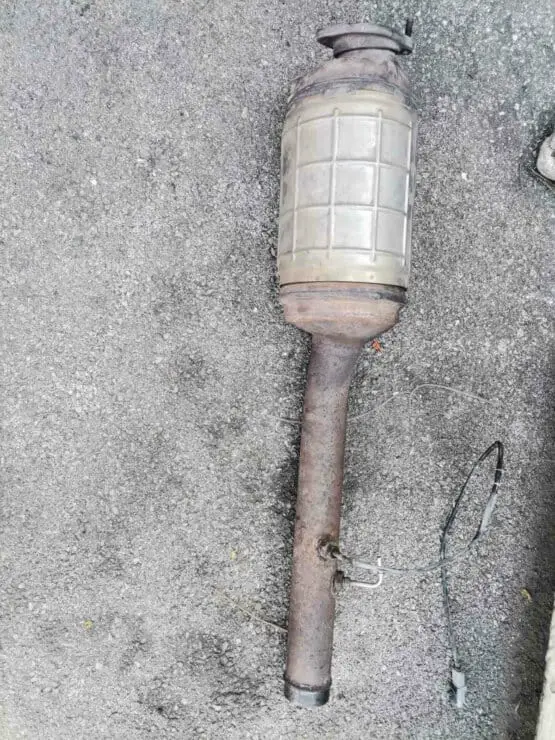
There are several methods for determining a catalytic converter’s cost:
- To find the pricing for scrap cat converters, search recycling websites.
- Take an image of your cat converter using a mobile app to request a quote.
- Look for secondhand catalytic converters for sale on online markets.
- Finally, make a phone call or go in person to the scrapyard.
- Utilize the serial number to check the price.
Examining internet tables and catalogs given by the biggest recycling organizations is the quickest approach to finding the pricing for junk catalytic converters. These tables offer an estimated price or a price range for a collection of automobiles, but they are not entirely accurate. Moreover, they do not include information relevant to any particular model [9].
Direct quotations can be obtained through a mobile app or by submitting a picture and a completed form on a website. The support staff will provide you with a quote as soon as they have determined the worth of your catalytic converter.
Before selling the converter for scrap, searching used car parts marketplaces is always a good idea. Used OEM converters are in high demand since they are superior to aftermarket alternatives and considerably less expensive than brand-new converters.
A serial number search can be used to obtain a quote, but you can also check the price by calling the scrapyard or going there in person.
Finding a Complete Scrap Catalytic Converter Database
You may utilize several online resources to determine how much catalytic converters are worth. While lesser websites provide rates based on the photographs of your converter, the big scrapyards and recycling facilities have entire lists of converters and their scrap prices on their websites.
Now that the justifications have been made let’s look at the catalytic converter market prices.
YS Catalytic Recycling
One of the largest catalytic converter buyers in the New York region is YS Catalytic Recycling LLC [10]. Although the prices in the table below represent their most recent offer, they could change depending on the availability and price of raw materials.
| Catalytic Converter Model | Price |
| GM | $270 |
| X-BODY | $329 |
| AIRTUBE | $93 |
| GM AC/BL THIN PIPE | $162 |
| GM AC/BL THICK PIPE | $307 |
| GM MEDIUM (4DOT) | $216 |
| SE HIGH GRADE | $678 |
| SE 6-LINE | $358 |
| SE MEDIUM/SMOOTH | $328 |
| SE 5-LINE | $276 |
| SE LOW (10 LINE, 13 LINE) | $178 |
| JEEP | $254 |
| HIGH GRADE DOMESTIC | $238 |
| STANDARD DOMESTIC | $188 |
| REG PRE | $88 |
| SMALL FLOW | $128 |
| AFTERMARKET | $25 |
| FOREIGN SMALL | $258 |
| FOREIGN PRE/HG PRE | $133 |
| FOREIGN MEDIUM | $325 |
| FOREIGN LARGE | $396 |
| XL FOREIGN | $470 |
| LOW GRADE FOREIGN | $180 |
| LOW PRE | $62 |
| EXOTIC SMALL | $561 |
| EXOTIC/FAT SLANT LOW | $653 |
| SUPER EXOTIC/FAT SLANT HI | $772 |
| ELITE/PIG HI | $1072 |
| TORPEDO HI | $975 |
| TORPEDO 3B | $573 |
| TORPEDO 4B (ROUND/OVAL) | $281 |
| JUMBO BEAD | $132 |
| REGULAR BEAD | $60 |
| DIESEL | $13 |
| FOREIGN FOIL | $33 /lb |
| DOMESTIC FOIL | $29 /lb |
| CAMRY | $153 |
| O2 SLANT | $489 |
| O2 STRAIGHT | $700 |
Ecotrade Group
Although the Ecotrade Group’s converter costs are not as transparent, they are nevertheless happy to give you a quote on any converter as long as you first register for a free account on their website [11].
You can determine the value of your converter using their internet catalog based on the composition of the priceless material. Then, when you’ve decided to sell it, you may arrange for a DHL home pickup and ship your converter from your house.
The final stage is receiving payment, which takes place once the delivery is made and evaluated, usually after three business days.
RR Cats
The next business we’ll examine is RR Cats, which provides a quick and simple method for selling a scrap catalytic converter [12].
| Catalytic Converter Type | Price |
| Large Foreign Cat | $200 – $500 |
| XL Foreign Cat | $350 – $650 |
| Regular Domestic Cat | $60 – $250 |
| Large GM Cat | $170 – $350 |
| Flow Cat | $40- $250 |
| Bead Cat | $40- $220 |
| Exotic Cat | $540 – $1100 |
| Torpedo Cat | $210- $1230 |
| Small Foreign Cat | $90 – $200 |
| Medium Foreign Cat | $140- $350 |
| Pre-Domestic Cat | $30 – $160 |
| Foreign Pre-Cat | $50- $120 |
| High-Grade Domestic Cat | $150 – $450 |
| Small GM Cat | $90 – $130 |
| Diesel Cat | $18 – $600 |
| Aftermarket Cat | $20 |
| DPF Cat Converter | $10 – $800 |
Images for each model are available on their website to see what you have. Additionally, they have a phone app that generates quotes for you depending on the picture of your cat converter.
You can package your cat converter and dispatch it to them since the buyout is completed with free delivery. They can be found throughout New Jersey and the Tri-State region if you prefer to do it in person.
How to avoid having your Catalytic Converter stolen
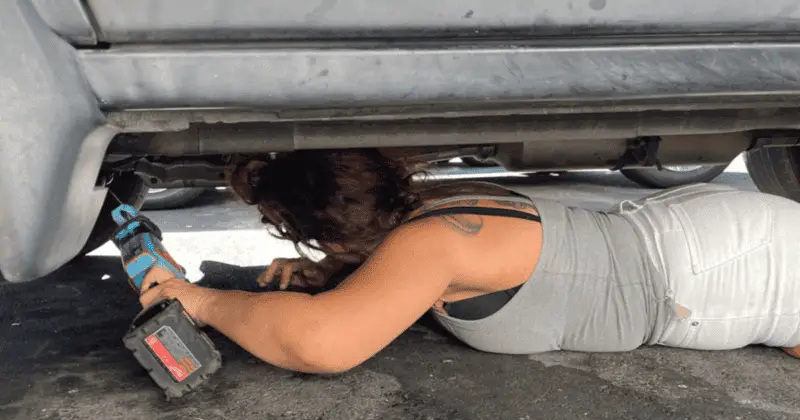
Unfortunately, due to their high value and accessibility, catalytic converters are a common target for theft. The catalytic converter has no safety features. Thus stealing the stereo or navigation system would involve getting past the lock doors and the alarm [13].
Steel bars or chains will not significantly strengthen the housing, as thieves will still approach the task with an angle grinder. So, although the converter cannot be physically strengthened, you can still take precautions.
The parking spot is the most crucial aspect of protecting your catalytic converter. Although stealing a converter is a rapid operation, it is also very loud, which we may exploit to our advantage.
Place your automobile in regions with passersby, a well-lit driveway, a safe parking lot, or a closed garage. People might not pay attention if your car is being jack-knifed, but if they hear an angle grinder, they might intervene or phone the police.
A well-tuned car alarm can react to light contact or an elevation of the car’s side. For example, if you share a parking space with neighbors, you don’t want an overly sensitive alarm, but if you park in front of your home, the alarm will only go off in the event of a theft attempt.
Etching your license plate into the converter is the last thing you can do. Just as long as it is in-depth, it need not be done properly.
To conceal the etching, the thief would have to grind down the entire area if they stole your converter, which would raise suspicions at the recycling facility.
Our major objective is to prevent the thief from taking your converter in the first place, which will occasionally be sufficient.
Find out if Your Catalytic Converter Is Missing
If your catalytic converter were to be stolen, you would be aware of it when you turned the ignition key. The sound from the exhaust will be incredibly loud because the thieves won’t be so considerate as to insert a piece of straight pipe between the separated exhaust sections [14].
You’ll undoubtedly be able to detect it because it is so loud and evident. The next crucial step is to turn off the engine and examine the car from the outside. The back part of the exhaust may drop down if a converter is cut because there is no connection there.
Driving forward will shove it into the road like a plow until it grabs onto the asphalt and throws the force back towards the exhaust hangers, ripping them off. This is because it will stick itself into the asphalt.
If this occurs, you might also lose or damage the entire back section of the exhaust, in addition to causing damage to the vehicle’s undercarriage.
Determine If a Used Car Has a Catalytic Converter or not
There are two techniques to check if a catalytic converter is present in a used car you plan to purchase. Get beneath the car and check the exhaust pipe just behind the front wheels first.
The catalytic converter has a specific shape. Thus it will be very visible if a straight pipe has replaced it.
Although it might only be the shell with the internals removed if the car appears to have a catalytic converter. Start the engine and listen for noise from the floor beneath the front seats to determine if this is the case.
In idle RPM or as you gradually increase them, you’ll hear the engine noise or droning from a place that would not normally emit noise because the catalytic converter also functions as a muffling device.
GM catalytic converter scrap price
Prices for GM catalytic converters are quite exorbitant, costing you close to $1000. But, on the other hand, the scrap value is unacceptably low.
Therefore, the price for a small GM catalytic converter scrap value is from $97 to 127. If you search for “calculate GM catalytic converter scrap value by serial number,” you’ll discover the most recent data [15].
However, some elements, like the type of converter, the size of the vehicle’s engine, and whether or not it requires custom fitting, affect the final cost of new or used cat converters. A warranty is an additional layer of protection for buyers, included with some converters.
Dodge Ram 2500 catalytic converter scrap price
A Dodge 2500 catalytic converter is incredibly expensive, costing $3,460. However, this is a good price when the component needs to be sold as scrap metal. Replacing the piece, on the other hand, has a significant financial impact on the owner of the Dodge 2500 [16].
Other high-end vehicles with pricey catalytic converters and the Dodge Ram 2500 are the Ferrari F430, Lamborghini Aventador, Ford F250, Ford Mustang, etc.
These vehicles are made with premium components, which produce, among other things, special performance and efficiency [17].
Which catalytic converters sell for the most money as scrap?
Because they typically include the most precious metals and are sought-after even as used parts, exotic cars command the greatest price.
Toyota Land Cruiser and Prius are the best-ranked common passenger cars. While Prius is a unique breed with two converters on a small-sized engine and can fetch a good price when sold all at once, Land Cruiser has enormous cat converters.
What is the most useful app for catalytic converter pricing?
Although RR Cats and Belanger Converter Recycling are two of the most well-liked apps, you may use any scrap yard company’s specialized app to request an estimate [18].
Try other companies and see who will give you the best pricing and delivery terms. Then, remove the apps to free up space and stop annoying notifications after the sale.
How much can I expect to get for my catalytic converter?
The sort of converter and where it came from determining the solution completely. While major domestic and foreign converters can bring in several hundred, if not thousands of, dollars, an aftermarket converter is virtually nothing.
You can use one of the tables on this page to get a general idea of the price range for your converter, but you’ll need to receive an estimate from a scrapyard to get precise pricing.
Why are replacement converters so inexpensive?
Because aftermarket catalytic converters are not expensive to begin with, but still require the same amount of time and effort to process into precious metals, they are worth virtually nothing as scrap.
These aftermarket choices, which range in price from $50 to $200, hardly make up for the use of precious metals in manufacture. But, although they won’t perform as well as OEM cat converters, they’ll keep the car on the road [19].
Read Next: Do Diesels Have Catalytic Converters
Final Words
If you want to acquire an accurate price estimate, you must identify the kind and size of your converter because the cost of scrap catalytic converters can range from $20 to more than $1,000.
You can do this by looking up your vehicle’s category, make, model, catalytic converter’s serial number, or simply snapping a photo of it. For your catalytic converter, several recycling facilities provide a variety of ways to receive an estimate and even free shipping.
Don’t undervalue your catalytic converter or sell it in bulk with the rest of the scrapped car because the palladium, platinum, and rhodium inside it are worth quite a bit.
Take out the converter even if you want to sell the entire vehicle as-is because it simply takes a few minutes and could bring in an additional $200 or more.

